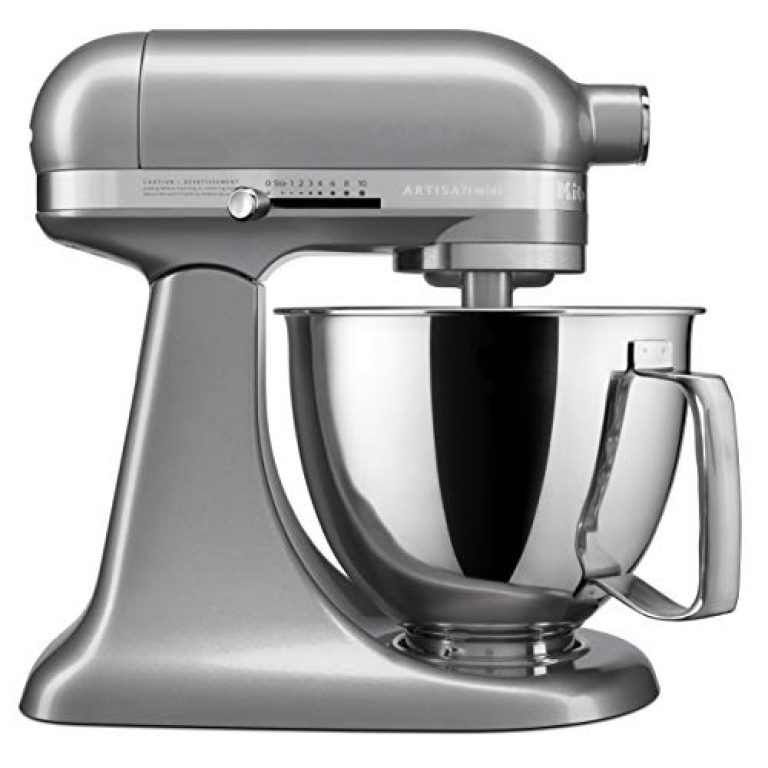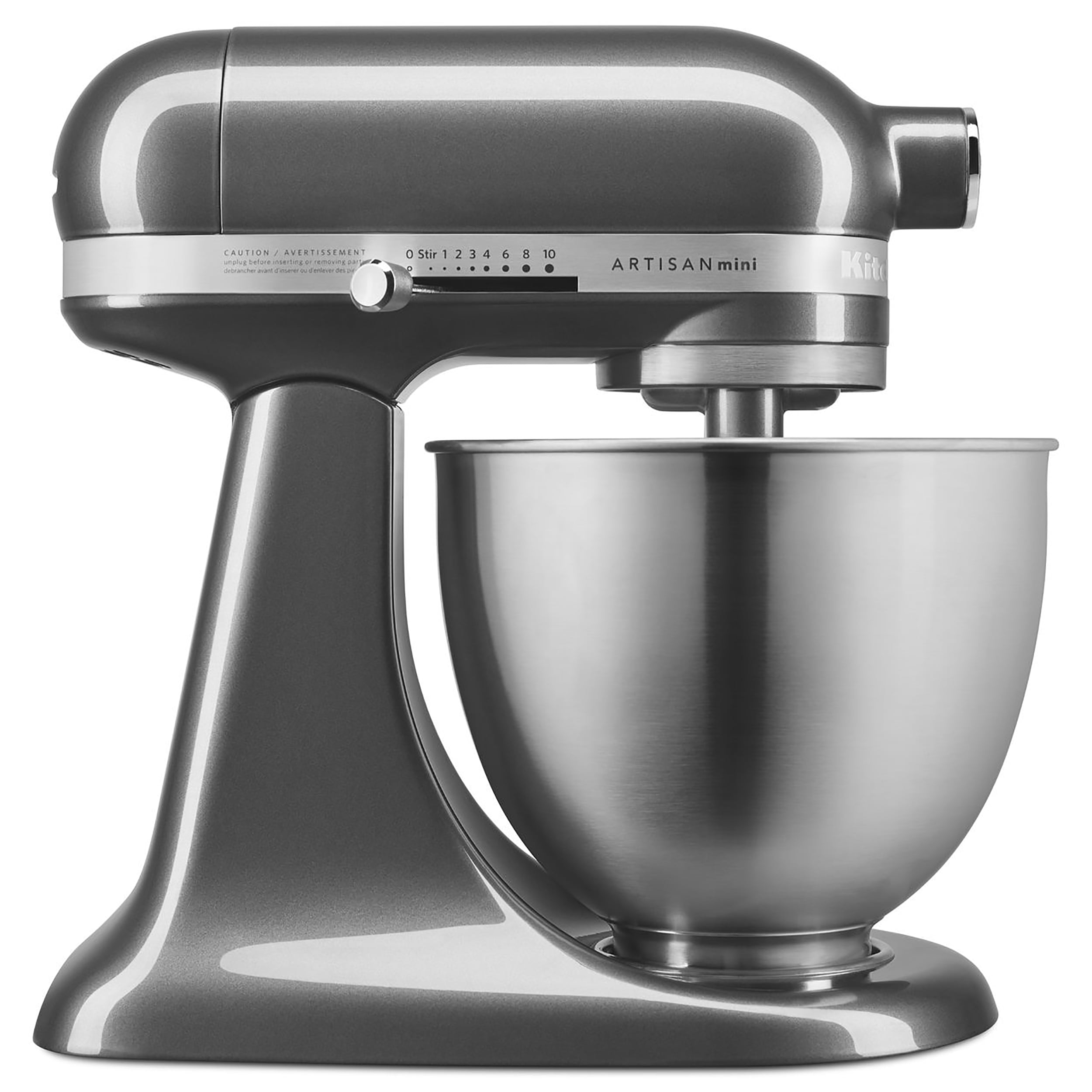

In 2001, the Smithsonian packed up her workplace-butcher block, stockpots and stand mixer-and then reassembled it at the National Museum of American History. She used it numerous times to demonstrate the art of cooking on some of her PBS programs.Īfter Julia Child's kitchen was donated in 2001, it was reassembled at the National Museum of American History.Ĭhild’s beloved KitchenAid is still on display in her kitchen-except it is no longer in Cambridge, Massachusetts. This particular unit was seen by millions of people when it occupied a prominent position in Julia Child’s kitchen, where she taped “ The French Chef” and other television series. “I have no proof that it actually happened, but it’s a great story.”Ī rather famous KitchenAid is featured in one of the exhibits at the Smithsonian museum. “Sometimes those apocryphal stories become conventional wisdom,” says Paula Johnson, curator for the Division of Work & Industry at the National Museum of American History in Washington, D.C.

The stand-up brand of stand mixers marks its 100th anniversary this year and is now considered the iconic staple for what a well-furnished kitchen should include. When company executives asked a housewife what she thought of the product, she reportedly replied, “I don’t care what you call it, it’s the best kitchen aid I’ve ever had.”Īnd so was born the KitchenAid, which started making its way into homes across America the following year.
#Kitchen aid artisan professional#
Based in Troy, Ohio, the maker of commercial foodservice equipment wanted to break into the retail market with a smaller version of its “food preparer”-an 80-quart stand mixer it produced and sold to professional bakeries. As the story goes, Hobart Manufacturing Company was testing a new product for home use in 1918.


 0 kommentar(er)
0 kommentar(er)
